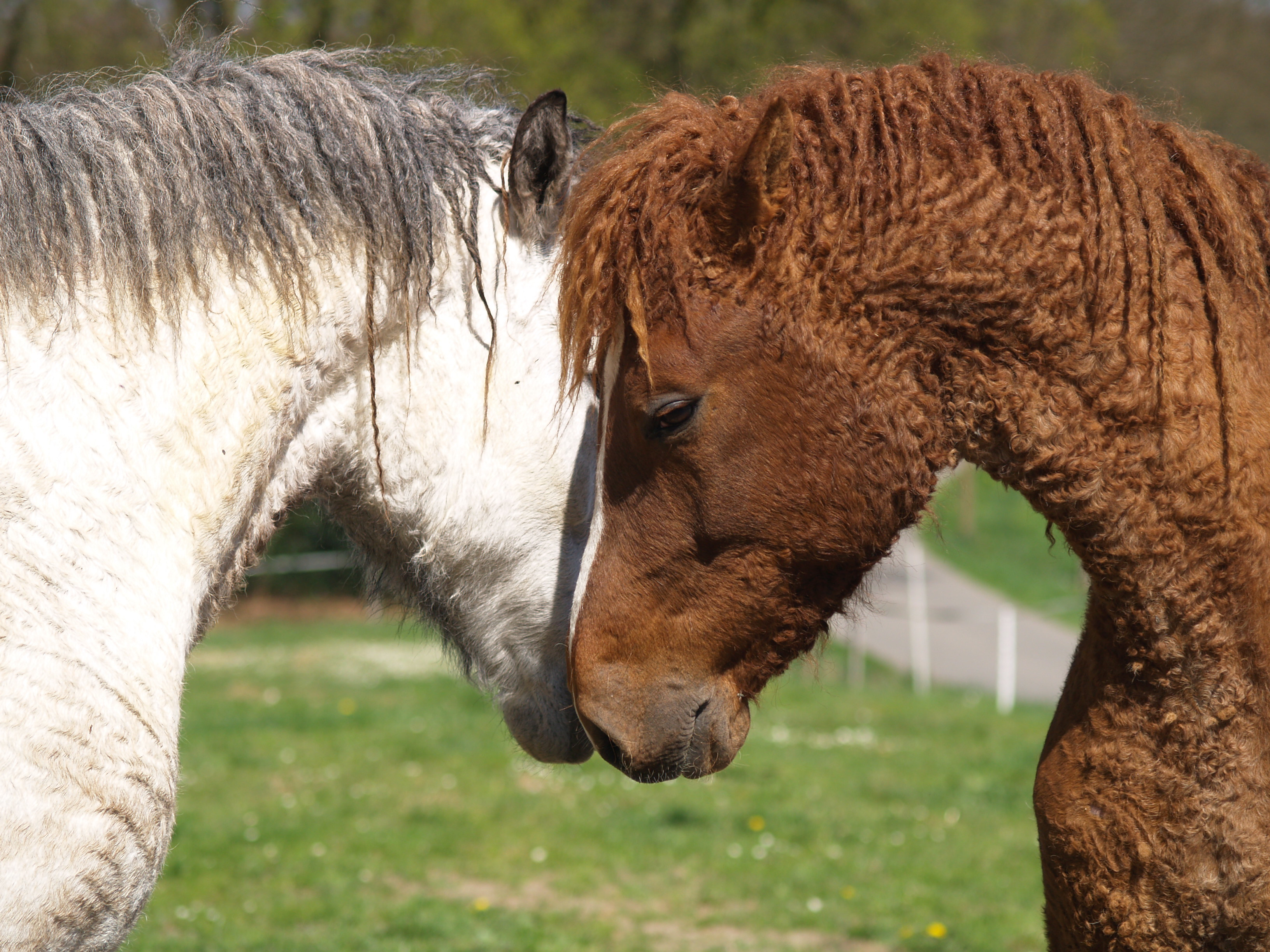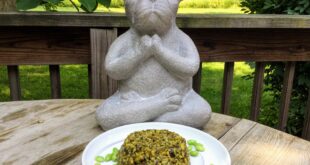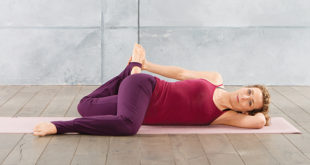By Blair McKissock

Have you ever noticed how many different colors of horses there are? Horses can come in almost 100 different varieties of coat color and markings with endless combinations. They are one of a few species that can have multiple variations in their markings within a group of the same species, besides humans. Their colors are influenced by their breed and heritage, just like humans. Human skin color runs the spectrum from dark to light skin tones, and there are variations in hair color with endless combinations. Within horses there are some with very long wavy manes and tails, all the way to curly manes like a Curly Bashkir. There are some horses whose ears are curled, and others that have coats that seem to glow. Just like humans, they come in all shapes and sizes, yet horses don’t discriminate.
Horses don’t see the world the way we do. They use all of their senses, not just sight to interpret the world around them. They can see long distances as a part of their evolved ability to survive. Some researchers believe they can see some colors in the blue and red spectrum. They use their funnel-shaped ears to hear long distances. Horses can recognize each other by distinctive whinnies and sounds, and can also tell the gender and size of a horse by their call. Their sense of smell is very keen, determined by the distance from the nostril to the sinus, where they have more scent receptors than many domesticated animals. It is speculated that they can smell on a DNA level, meaning that they can smell or taste our DNA, and know their owner or “person”; and/or if we are nervous, scared, relaxed, etc. One of their most sensitive senses is that of touch. They have a very sensitive nose with fine whiskers that can tell them what they are feeling. If you have ever touched a horse, their nose is as soft as velvet. Horses have the ability to remember each other by using all of their senses, even after being apart for many years. If you talk to a horse person, they can confirm that like us they have a gut instinct. They can sense our mood, and perceive emotions, picking up on incongruences among those they interact with. Even with all of these heightened senses, they don’t discriminate.
(Editor’s note: A very interesting and informative website is: montyrobertsuniversity.com. Check out their Forum for information and questions shared by many knowledgeable horse people.)
When horses interact in groups, they use all of their heightened senses to gain information about other horses, especially ones they have never met before. They tend to be cautious of horses they don’t know, which is why humans allow horses to greet over fences, or from separated pastures before turning them out with one another. Do you think they would choose to fight another horse because it was a dapple grey instead of a bay? Or do you think a stallion would herd his mares away from a bachelor band because they were all palominos? When you meet a horse do you think they see you first? Or do they hear you, smell you, and perceive you? A horse doesn’t ask what your heritage is, or why your skin is a certain color; they take you as you are right then and there. They only ask for your honesty in letting them SEE you. There is a difference between seeing someone for what they look like on the outside, and SEEING someone as they are. If there is one message that we need to learn from them right now it’s that what is on the outside is NOT a reflection of what is on the inside. We need to learn to listen to a person first, use all of our senses to perceive them and see them, before we decide we can trust them or not. A horse doesn’t turn its back on you because of the way you look, it’s because of the way you act. They don’t assume you are less intelligent if you are a miniature horse instead of a quarter horse. They ask you questions about your leadership through their body language, and wait to see how you answer it. They don’t form a judgment about you when they see you, they take in the whole picture to determine if you are safe or not, and even that judgment changes moment to moment based on how you act. If you walk into a pasture with a halter and lead rope making a straight line to one horse, they can tell what your intention is, and then choose whether or not to let you catch them. If you stop chasing them, and bring your energy down, then they may simply walk over. They watch the way you walk, how your head is held, and your body posture, not looking at your skin color to determine if they can trust you or not. To survive, horses must work as a group together each knowing they have a place and job within the herd. Everyone has something to offer, and they are stronger together. Horses can’t afford to discriminate.
There has been a lot of hate and fear thrown around at us humans lately. It is adding fuel to fires that have sat smoldering for years and if left unchecked will erupt. Yes, there are bad people in the world, but that does not make everyone bad. When we spend so much time classifying people according to where they come from, what they look like, or how they talk, we miss the bigger picture; we don’t SEE them. We miss out on what kind of leaders they could be, or what kind of person they are. Somewhere inside of us we know that nature has it right. We can learn a lot from nature, and from spending time with horses. Next time you meet someone that you are unsure about, use all of your senses to get the complete picture of them as they are right then and there, before you decide whether to trust them or not. Look past their colors, markings, size, and heritage, and SEE them for who they are. Horses don’t discriminate, so why do we?
Blair McKissock, MSEd, RYT is a speaker and author on experiential and nature-based learning. She loves sharing the amazing world of equine-assisted learning and therapies through her work at Strides to Success in Plainfield, Indiana. You can learn more about coaching, OmHorse mounted yoga sessions, and upcoming equine-assisted workshops at stridestosuccess.org.
 Conscious Community Magazine Dedicated to Elevating Consciousness
Conscious Community Magazine Dedicated to Elevating Consciousness



